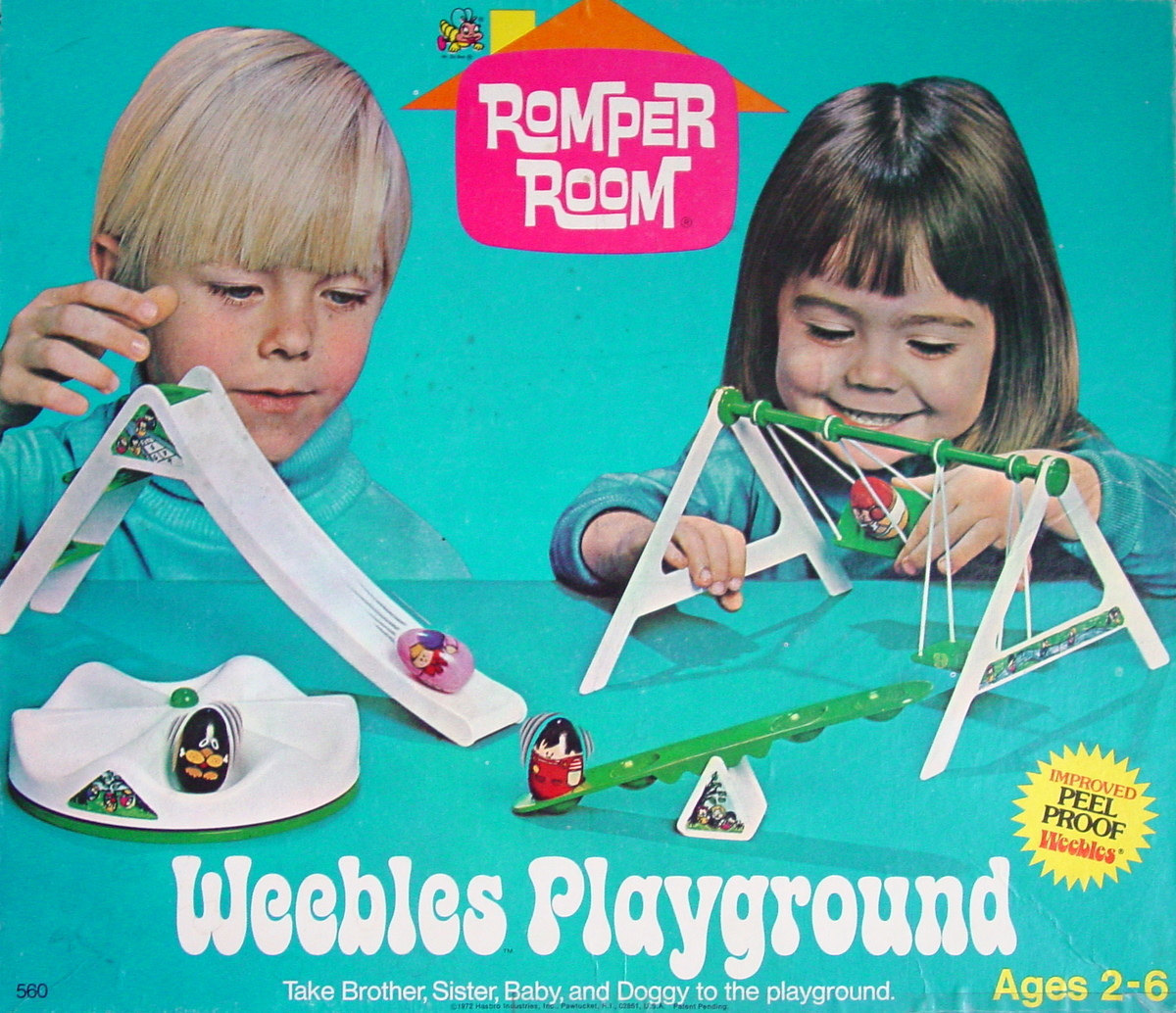
My Arsenal
Ever heard the story of the 3-legged table? It’s really pretty and wonderful, but without that fourth leg it just can’t stand up on its own. In a way, your online marketing efforts are exactly the same. They can wobble. They won’t fall down, but they may not do everything you want them to either.
There’s a tendency in the music industry to jump on board the newest, coolest bandwagon as fast as you can. Admittedly, this type of craziness can pay off for select early adopters. Those folks can market/mine/exploit something steps ahead of everybody else and flee before the scene gets totally played out. As an example, does Turntable.FM have the staying power of Facebook?
For the most part though, bands follow the example of other bands and jump on bandwagons with fervor. While bands jumped all over sites like PureVolume.com and MySpace.com a few years ago, they’re just not active there anymore. And if they are, it’s with a limited presence that has virtually no effect on overall success. Now it’s Facebook and Twitter and YouTube.
The point is that if you’re trying to maintain a presence/profile on 17 different sites, you’re bound to drop the ball somewhere. Most bands have day jobs and commitments and just don’t have the time to deal with everything that having 17 locations to update requires.
The solution to all this: Don’t do it! That’s right, you heard me, don’t do it. Don’t set up more work for yourself than you’re able to manage. My career started in radio as a producer. And when asked if I could do anything, my answer (without hesitation!) was YES! At some point, you reach overload, and for me that point came fairly quickly. My bosses realized that I’d say yes to anything, and their strategy was to see just how far I could be overloaded before I snapped. The lesson I learned fast was that there’s a diminishing point of return when you pick up that extra bunch of somethings. While you’ll get more done (and sleep much less!), the overall quality of your efforts suffers exponentially.
Your fans would rather see quality output from you in a few spaces than half-assed, corner cutting stuff in more places. If it’s not meaningful, it’s not useful. Think quality, not quantity. When quality suffers, fans stop paying attention.
This starts the discussion of what tools you need to have in your (online marketing) arsenal. The first lesson is to only work with what you can handle. You may have the budget to hire people to work on pieces of this for you, but be aware that you’re still in charge. You’ll need to manage the people you hire and make sure that they work in a manner that matches your voice, goals, and needs. Are you a good manager? If not, well, find a manager. While they may have greater expertise, you need to balance that with your experience and knowledge of your fans. A good marketer should come to your shows, meet the band, and be familiar with what’s being marketed. If it’s just “PayPal me some cash and I’ll get started,” then look elsewhere.
Taking things back to your goals, you’ll need a way to present your content, promote your content, and (presumably) sell your content. As you decide on which platforms to use, ask yourself if it effectively meets any of these criteria, and if not – don’t waste your time!
Similarly, the tools you’ll be using come with add-on features and enhancements. They’re usually pitched thusly: “For an additional $9.99/month, you’ll be able to climb mountains, make love to beautiful women, and add a gazillion followers to your whatever account.”
It often seems too good to be true. Odds are, it probably is. But these companies will tell you that it worked for Artist X – usually someone you’ve never heard of.
Any program that can add eyeballs, followers, or activity to your band’s overall presence is likely using some type of robo-feed. It will massively follow anyone with the term “music” in their profile. Or it’ll auto-add anyone within 50 miles of your ZIP code. In doing so, you’re spamming people. Did you hear that? You’re spamming. And as much as you hate it when you get that email trying to sell you v1agra, you’re essentially doing the exact same thing. Don’t do that.
These little $9.99/month type add-ons are all over the place. They can also start out as “Free for 30 days” or “Free up to 100 followers.” That’s not to say they’re all bad or wrong, but if you’re trying to keep to budget, make sure you’re aware of what you’re doing, what you’re getting in return, and how you’re going to budget for all that promised “success.” End rant.
Here are the tools you’ll want to start with initially (and in order). For our purposes here, we’re assuming you’ve already got music and neither it nor you suck.
- Website
- Google Analytics account
- Facebook band page
- YouTube account
- Twitter account
- Sales/marketing platform (a/k/a Direct to Fan Platfrom)
- Email marketing platform (possibly part of #6 …)
That’s it. And as a bonus, number’s 2-5 are free! Number 6 has the option to be free as well. You’ll be tackling these items in order from 1 through 6, so that’s how they’ll be discussed here.
This is where the rubber meets the road along with other assorted metaphors for future growth and success.


